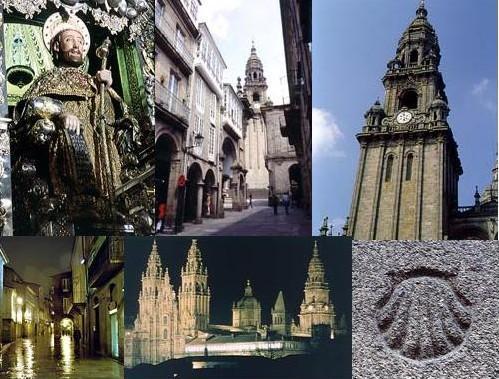Santiago de Compostela, Galiza, Spain
Suggest Place to Visit
1093
Track to location with GPS |
 |
Codex Calixtino.
In the territory that currently occupies the Cathedral of Santiago there was a Roman town, which tends to be identified as the Roman mansion of Aseconia and existed between the second half of the 1st century and the 5th century. The town disappeared but a necropolis remained reused as a quarry which was in use perhaps until the time of the Suevo Kingdom of Galicia, reaching up to the 7th century.
The birth of Santiago as it is now known is linked to the discovery (presumably) of the remains of the Apostle Santiago between 820 and 835, the elevation of the religious rank of the remains, the University and, currently, the capital of Galicia.
According to medieval tradition, as it appears for the first time in the Concordia de Antealtares (1077), the hermit Pelayo, alerted by night lights that occurred in the Libredón forest, notified the bishop of Iria Flavia, Teodomiro, who discovered the remains of Santiago the Mayor and two of his disciples, in the place where Compostela would later rise, a place name that could come from Campus Stellae (Campo de la Estrella), or more probably from Composita tella (beautiful lands), euphemism for cemetery. The discovery led Alfonso II, in need of internal cohesion and external support for his kingdom, to make a pilgrimage that he announced within his kingdom and abroad, to a new place of pilgrimage of Christianity at a time when the importance Rome had fallen and Jersualén was not accessible to the power of the Muslims.
Medieval sanctuary [edit]
Pórtico de la Gloria del Maestro Mateo.
Little by little the city developed. First, a permanent ecclesiastical community was established to care for the remains, made up of the obypso of Iria and the monks of Antealtares, in which a heterogeneous population spontaneously settled, although it was mainly made up of immigrants from nearby villages and gradually increased. The extent to which the pilgrimage progressed for religious reasons throughout the western peninsula, reinforced by the privilege granted by Ordoño II in 915 by which it was established that anyone who remained forty days without being claimed as a servant was to be considered a free man with the right to reside in Compostela. The first known inhabitant of Compostela is, in fact, a foreigner: Bretenaldo Franco, whose oldest mention corresponds to the year 955.
The sanctuary was acquiring political relevance. In this way there were crowned monarchs of the Kingdom of Galicia and the Kingdom of León as Sancho Ordóñez; Ordoño IV, Sancho I or Bermudo II. As a consequence, the city was destroyed by Almanzor on August 10, 997, and only respected the apostle's tomb. When the inhabitants returned, reconstruction began, and Bishop Cresconio in the middle of the 11th century endowed the city with a moat enclosure and a wall as a defensive measure. In addition, it claimed for him the condition of Apostolic See.
In 1075 Bishop Diego Páez began the construction of the Romanesque cathedral. The increase in pilgrimage makes Compostela a place of religious reference in Europe, increasing its importance, which is also rewarded politically, reaching the category of metropolitan for the Compostela church at the time of Archbishop Diego Gelmírez (1120). The authority of the Church of Santiago extended over most of the dioceses of the nascent kingdom of Portugal and over most of those of León. Santiago was also the center of a great feudal lordship ruled by the bishops of Compostela that ran from the Iso river to the Atlantic. From Santiago, armed resistance was organized against the Norman invasions, which knew the Kingdom of Galicia as Jakobsland (Country of Santiago).
An important event, from the political point of view, was the coronation by Diego Gelmírez of Alfonso Raimúndez, the future Alfonso VII in the Compostela cathedral as King of Galicia. From the religious point of view, however, it is necessary to highlight the granting of the privilege of the Jacobean Jubilee Holy Year through the bull Regis Aeterni of Pope Alexander III in 1181. From the social point of view, it is worth mentioning the premature bourgeois uprising against Gelmírez and Queen Urraca in 1117.
In these years, the Calixtino Codex was drawn up, a set of texts gathered in the final years of the Archbishopric of Gelmírez and which was presented as the authorship of Pope Calixto II, a fundamental source of the History of the pilgrimage to the Apostle's tomb.
During the archbishopric of Berenguel de Landoria Santiago was up in arms, from the year 1318, headed by the nobleman Afonso Suárez de Deza. The solution to the conflict took place on the so-called Day of Wrath, on September 16, 1320 when the leaders of the revolt were assassinated in the Castillo de la Rocha Forte. After the events, on September 27, peace was signed.
Between the 12th and 13th centuries, the network of streets within the walled enclosure was articulated. The arrival of the Black Death in the city led to a strong demographic recession, which began to be traced back from 1380. In the 15th century it had between 4,000 and 5,000 inhabitants.
Modern Age [edit]
Faculty of Medicine of the University of Santiago.
The Compostela council, led by Dean Diego de Muros III promoted works of great importance with a character of humanism, such as the Hostal de los Reyes Católicos and the Old Study, the germ of the future university that was founded in 1495 by Lopo Gómez de Marcha. This fact and the work of Archbishop Alonso III de Fonseca give a new boost to the attraction of Santiago, particularly in Galicia, despite the relative decline in the importance of the city.
Santiago was the seat of the Royal Audience of the Kingdom of Galicia since 1508, but ecclesiastical pressure made it move to La Coruña in 1578. The reforms of the monastic power marked the rebirth of San Martín Pinario and the Convent of San Pelayo de Antealtares lo that contributed to give occasion to an intense constructive activity.
At the beginning of the seventeenth century there was a period of decline in the city. The Italian Cesare Baronnio, confessor of Pope Clement VII, in his Ecclesiastical Annuales put into question the pilgrimage of the Apostle to Hispania. This data was collected in the Roman Breviary causing serious damage to the city of pilgrimages. The Cabildo Compostelano managed a short time after the Breviary was modified, but a new difficulty had to be overcome; the Order of the Carmelites, in the years 1617 and 1626, promoted Santa Teresa as Copatrona of Spain, with the economic losses that it entailed for Santiago. Once again the Cabildo managed, with the help of important personalities of the society of the moment such as Quevedo, to return to the Apostle the status of sole Patron of Spain.
Santiago de Compostela is a city and municipality in Spain, located in the province of A Coruña, being the capital of the Autonomous Community of Galicia since 1982, following a political decision.
It is located 65 kilometers south of A Coruña and 62 kilometers north of Pontevedra. It includes the old municipalities of Conxo (incorporated in 1925) and Enfesta (around 1970). The old city has been a UNESCO World Heritage Site since 1985.
The Galician autonomous government (Xunta de Galicia) and the Parliament have their headquarters there. It stands out for being an important nucleus of Christian pilgrimage, after Jerusalem and Rome, due to the belief that the Apostle Saint James the Greater was buried there. Of special artistic importance is its Cathedral dedicated precisely to the Apostle Santiago el Mayor. Also relevant is its University, with more than 500 years of history, which gives the city a pleasant student atmosphere, with 30,000 students enrolled each year. It is also the end of the road originally built by the Roman Empire of the Camino de Santiago, a privilege that others grant to Finisterre.
The history of Santiago de Compostela dates back to prehistory, the Castro culture, the arrival of the Romans, and as a turning point the meeting of the burial of the Apostle Santiago. From that moment on, the city will be formed around the center of power represented by the Archbishop of Santiago and his physical representation, the Cathedral. Since then the Camino de Santiago marked the future of the city.
This famous pilgrimage site in northwestern Spain became a symbol in the struggle of Spanish Christians against Islam. Destroyed by the Muslims at the end of the 10th century, it was completely rebuilt in the following century. With its Romanesque, Gothic and Baroque buildings, the old city of Santiago is one of the most beautiful urban areas in the world. The oldest monuments are grouped around the tomb of Santiago and the cathedral, which contains the remarkable Pórtico de la Gloria.
Comments
We don´t have yet any comments about:
Santiago de Compostela
Santiago de Compostela
Be the first to leave a comment as it is very important to inform other people
Outros locais a visitar
Within a radius of 20 km from:Santiago de Compostela
Museo Granell |
| 0,8 Km |
 |
Cathedral of Santiago de Compostela |
| 1,1 Km |
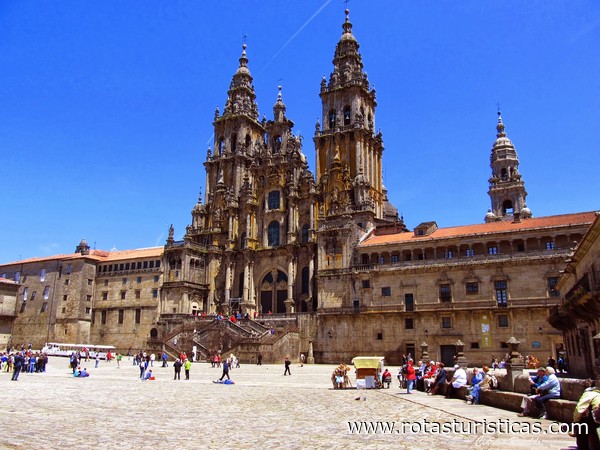 |
Santiago de Compostela Cathedral |
| 1,1 Km |
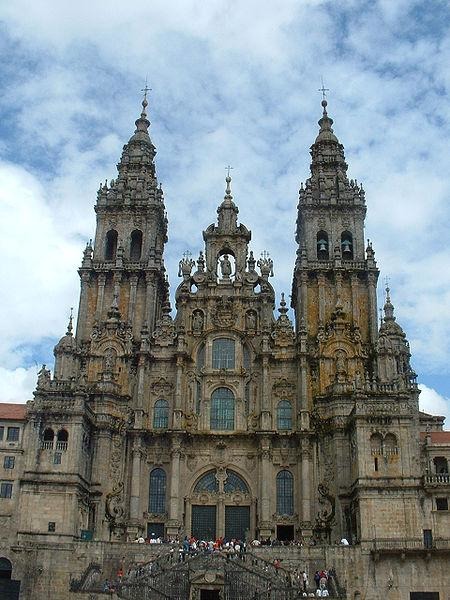 |
Rajoy Palace |
| 1,2 Km |
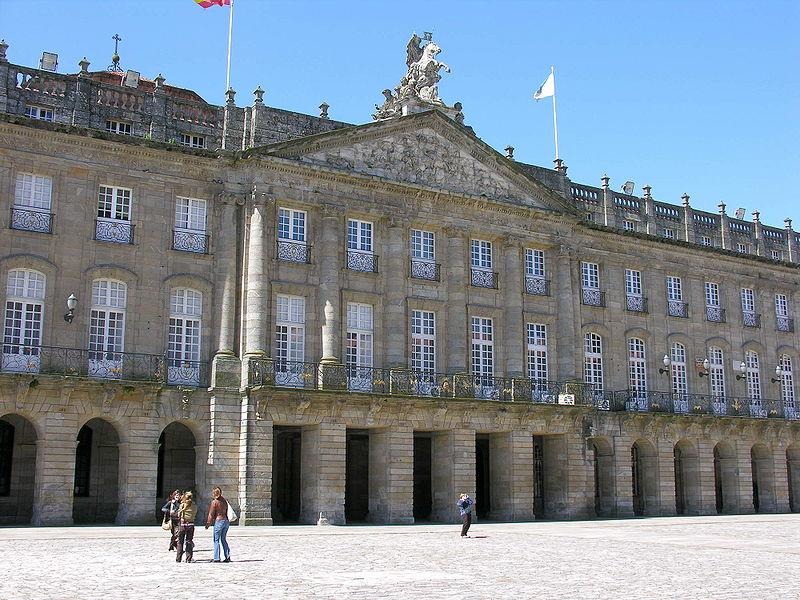 |
Pilgrimage Museum |
| 1,3 Km |
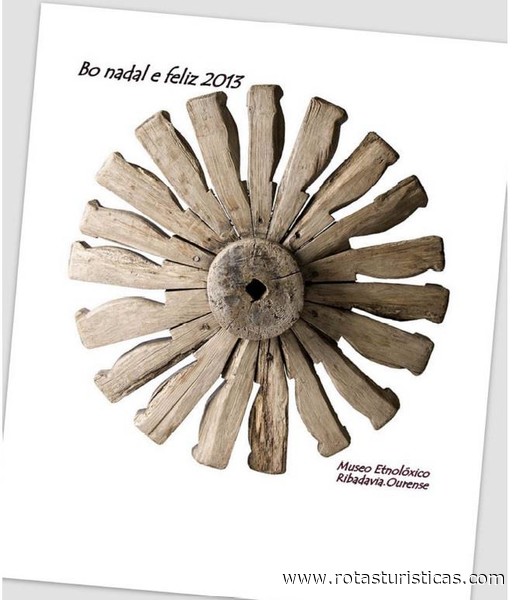 |
Museo do Pobo Galego |
| 1,4 Km |
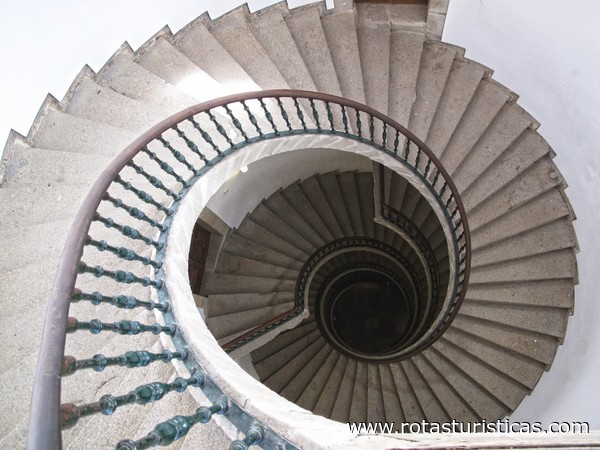 |
Galician Centre of Contemporary Art |
| 1,4 Km |
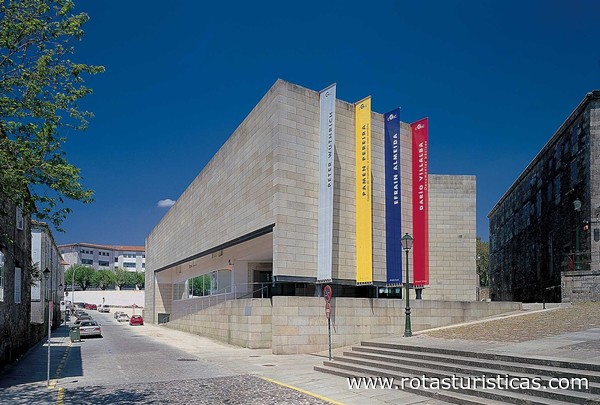 |
Ponte Maceira, River Tambre |
| 13,0 Km |
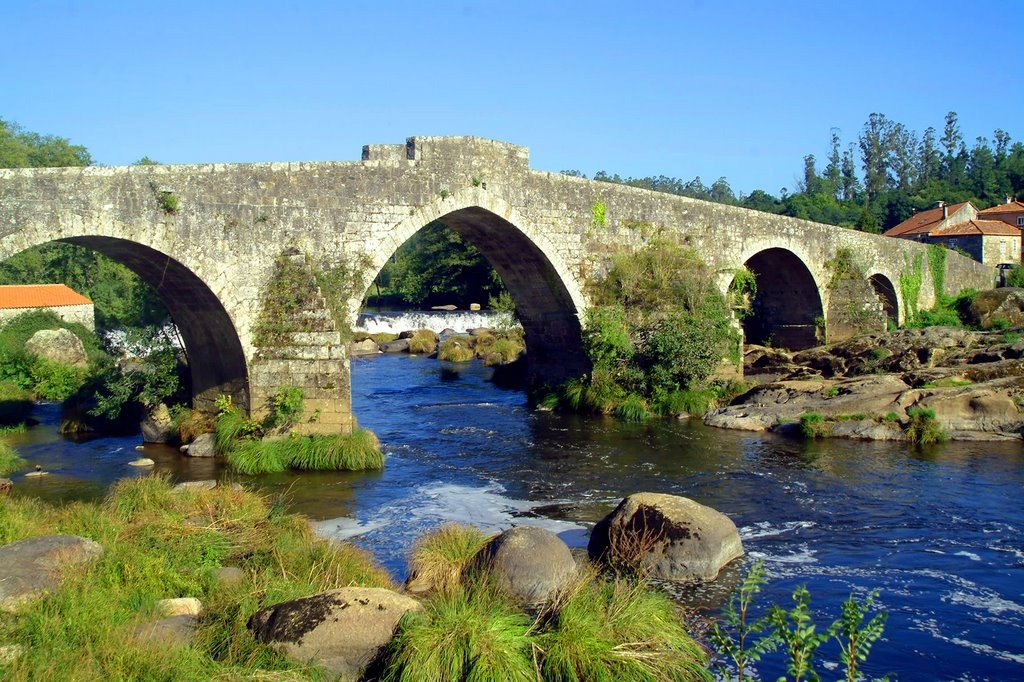 |
Pazo de Oca (Galicia) |
| 18,4 Km |
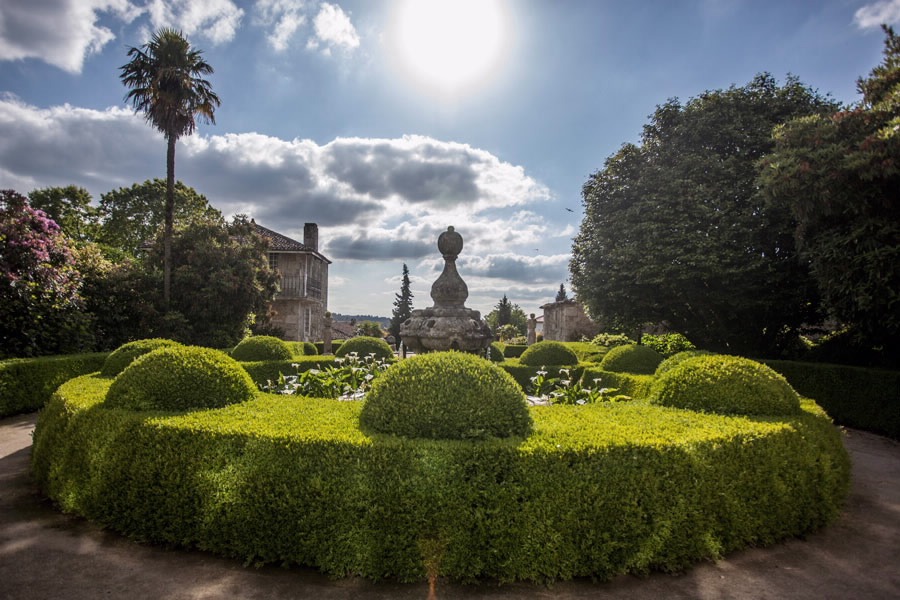 |
Hotel reservation near Santiago de Compostela within a radius of 20 km
Why to book with ROTAS TURISTICAS
The best prices
Our partnerships with the world´s largest operators offer research on the best market prices.
More options
At Rotas Turisticos you can book the hotel, buy the air ticket, book the transfer from the airport to the hotel and vice versa, book the local excursions, rent the car, take travel insurance and consult the places to visit and where to go.
Holiday Tips & Destinations
Hundreds of holiday destinations with all the options that allow you to easily choose the destination that best suits your dream vacation.
ROTAS TURISTICAS
Links


